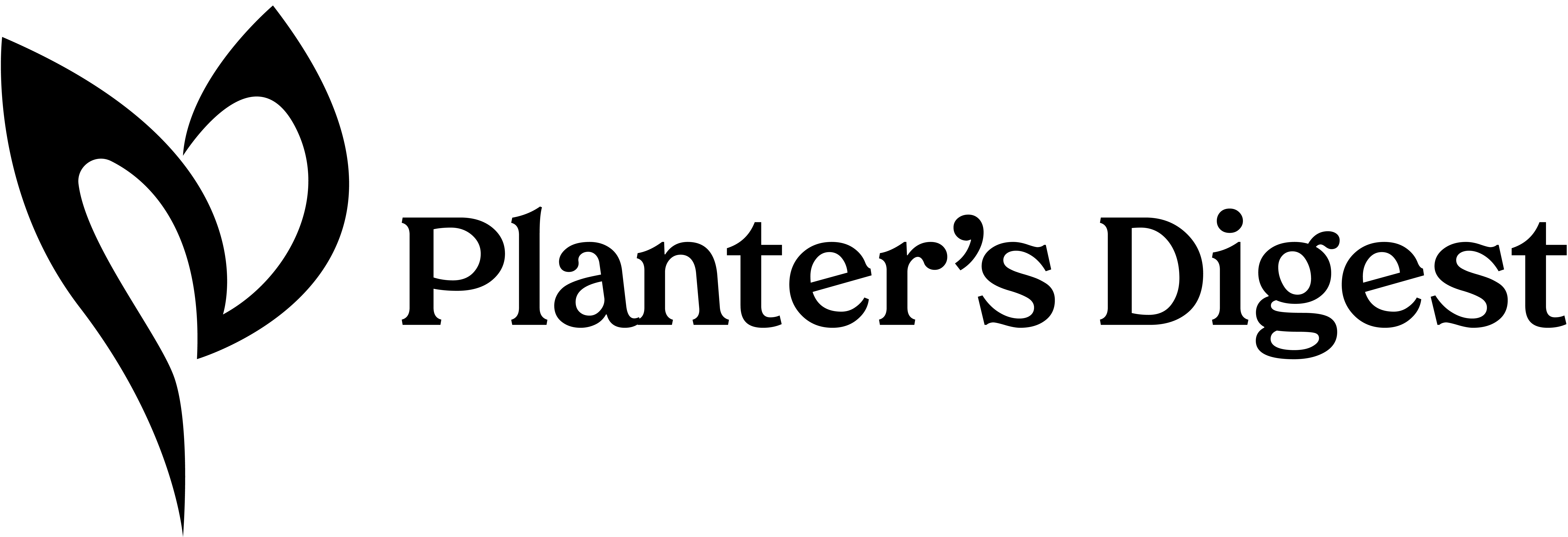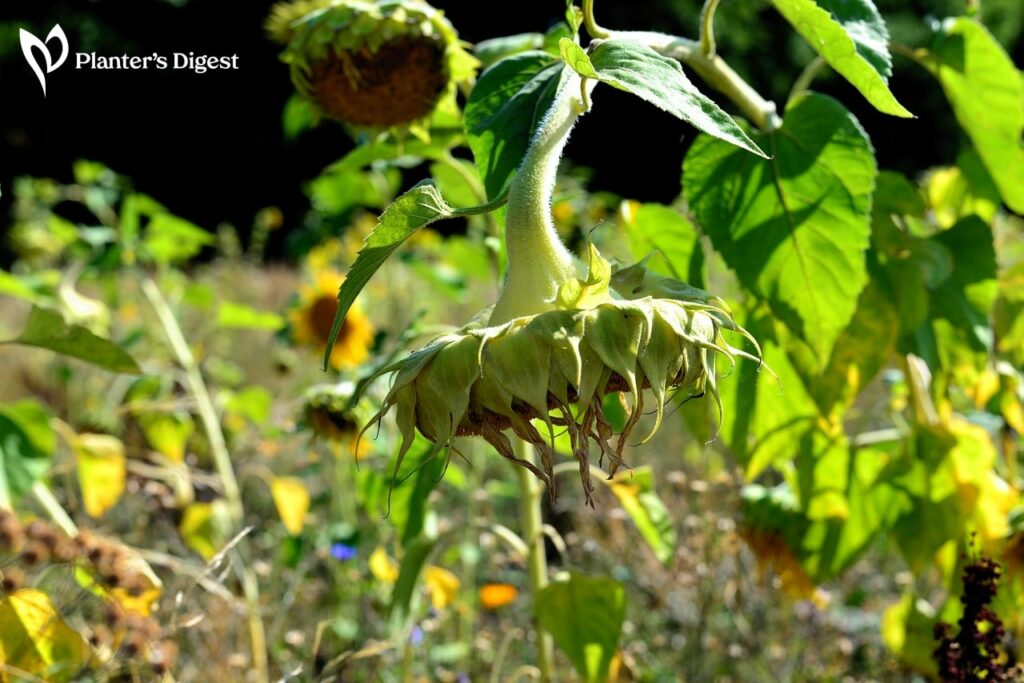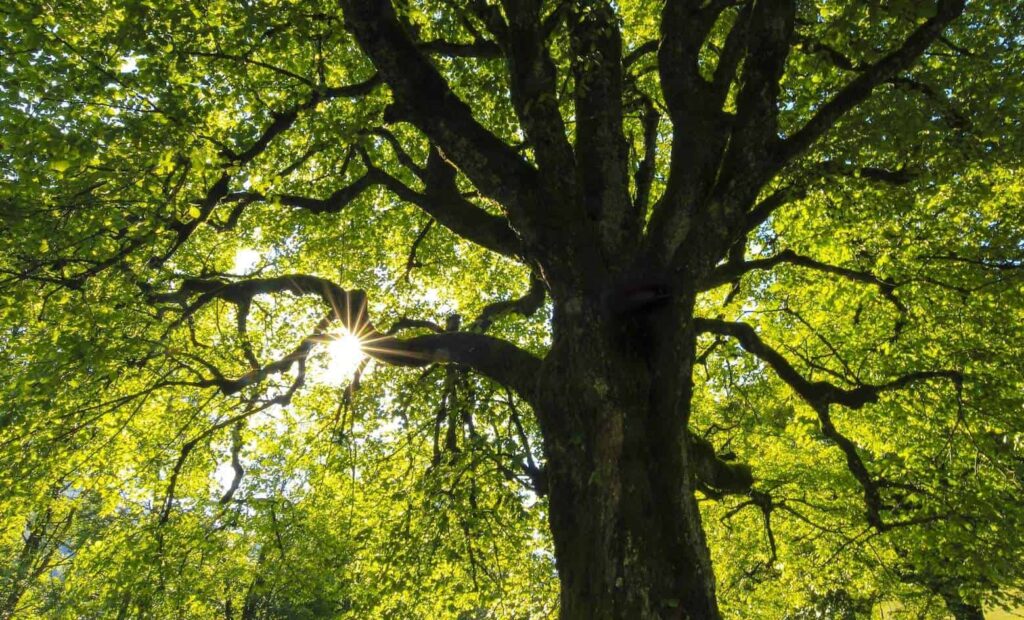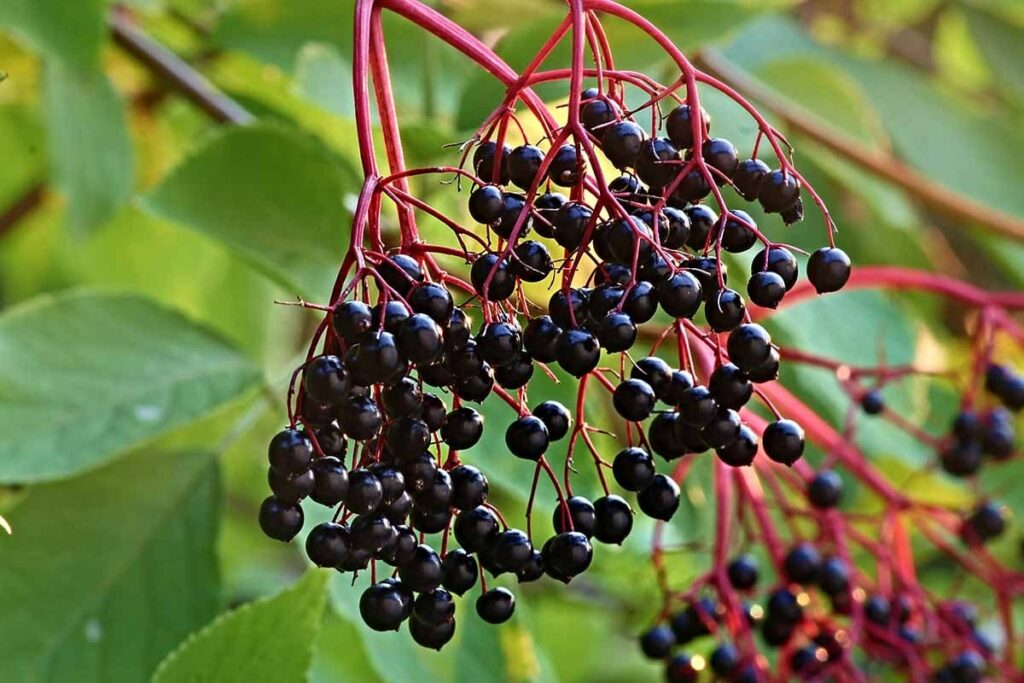Are your plants looking yellow, leaves stunted or not flowering lately? Maybe it’s suffering from a common gardening problem – iron deficiency.
Iron is an essential nutrient in plants, and without it, plants can’t make their food properly through photosynthesis and will show signs of stress. But don’t worry, it’s not the end of the world!
We’re here to show you ways to add iron to your soil and tips to prevent iron deficiency in your garden. Read on so your plants will look their best in no time!
How do you add iron to garden soil?
Add iron to garden soil using chelated iron, iron sulfate, blood meal, greensand, iron supplements and manure. Fertilizers and compost are also effective in solving iron deficiency in plants.
Here’s a summary of how much iron each of these materials has according to their weight:
| Fertilizer | Percent Iron by Weight |
| Chelated Iron | 5 to 10 |
| Iron Sulfate | 20 to 30 |
| Greensand | 3 to 10 |
| Blood Meal | 12 to 15 |
| Manure | 0.5 to 2 |
| Iron Supplements | Varies, usually high in iron |
| Compost | Varies, usually high in iron |
| Fertilizer | Varies, usually high in iron |
Now, let’s talk about the benefits of adding these iron-boosting materials to your garden soil.
1. Chelated Iron
Adding pure iron to your garden soil is ineffective in curing iron deficiency. It must be in a form that plants can easily absorb, such as in the powder and liquid form of chelated iron.
Chelated iron is formed when organic molecule bonds with iron, making it easier to absorb in plants. They contain 5 to 10% iron by weight and are commonly sprayed on the leaves of plants to cure iron deficiency.
Iron chelates resist oxidation, which means it cannot dissolve in water and makes iron quickly available to plants. You can either mix the powder directly into the soil or spray it on the plant’s foliage, and its benefits can last for one season.
We recommend adding chelated iron during spring and keeping it in the plant’s root zone for optimum effect. If you’re using a foliar spray, avoid applying it on fruits because it will stain them.
2. Iron Sulfate
Iron sulfate is another material you spray on plants’ leaves to help solve iron deficiency. It contains 20 to 30% iron by weight and can benefit your plant for 2 to 4 years.
It’s a great choice if your soil has a high pH level because it can lower the pH level while making iron available to your plant. Iron sulfate also contains sulfur, which is another beneficial nutrient for plants.
Iron sulfate has ferric sulfate (23% iron by weight), ferrous sulfate (19% iron by weight), and ferrous ammonium sulfate (14% iron by weight). Ferrous ammonium sulfate also adds nitrogen to the soil, hitting three birds with one stone.
3. Blood Meal
A blood meal is a natural fertilizer from dried animal blood from slaughterhouses. It’s high in iron as it contains 12 to 15 percent of it by weight, and nitrogen, which helps improve soil health, drainage and aeration.
You can mix this powder directly into the soil like chelated iron. But fair warning, don’t put too much of this material because your plant might have too much nitrogen and suffer from fertilizer burn.
Blood meal is a slow-release fertilizer and can supply nutrients to your garden soil for 6 to 8 weeks.
4. Compost
Compost is a great do-it-your-own iron-rich material to add to your garden soil. You can compile your kitchen scraps and yard waste like banana peels, orange rinds, grass clippings and leaves.
It’s a slow-release fertilizer that will add iron, nitrogen, phosphorus and potassium to your garden soil.
5. Fertilizer
One of the easiest ways to add iron to your soil is using a fertilizer specifically made as an iron supplement. It will directly help produce chlorophyll, the green pigment in plants responsible for photosynthesis.
Make sure to apply the fertilizer around the base of the plant and water it afterward. Do not apply the fertilizer directly to the leaves to avoid burning their foliage.
6. Greensand
Greensand is another good source of iron, containing 3 to 10% iron by weight. Its glauconite content makes it green, which also helps greens and release nutrients to the soil for a longer time.
Greensand is also great in water retention as it can hold ten times more moisture than sand and up to one-third of its weight in water. It also helps loosen heavy clay soil.
It’s a slow-release fertilizer that can supply iron to plants throughout the growing season. Although expensive, you can save a few bucks by buying them in 50-pound bags rather than smaller packs.
7. Iron Supplements
The most common iron supplements for garden soil are ironite and milorganite. Ironite content is 4.5% iron by weight, while milorganite has 2.5%.
You can add ironite directly into the soil to treat iron chlorosis or the yellowing of grass and lawns.
Milorganites, on the other hand, look like tiny pellets made from dried microbes or recycled water.
They don’t just add iron but also nitrogen, phosphorus and potassium to the soil, so that’s a complete package for your plants.
8. Manure
Manure is a natural soil additive that’s also rich in iron. You can use cow, horse, pig or chicken manure, and they have a slow-release speed, which can add iron to your garden soil for up to two years.
They’re also an excellent all-around fertilizer because they contain the big three nutrients for plants – nitrogen, potassium and phosphorus. Just make sure to decompose manure thoroughly so it won’t burn your plants.
Why is iron important for plants?
Iron is essential for plants because it boosts the chlorophyll production. Chlorophyll is the green pigment responsible for photosynthesis, where plants turn sunlight, carbon dioxide and water into their food, glucose.
Glucose is every plant’s primary energy source. Iron also helps in plant respiration, where nutrients such as oxygen are transported to different plant tissues for growth and development.
What are the symptoms of iron deficiency in plants?
The symptoms of iron deficiency in plants are iron chlorosis, stunted growth and small fruits and flowers.
Let’s take a closer look at these telling symptoms so you can quickly identify iron deficiency in your plants.
1. Iron Chlorosis
Iron chlorosis begins with the plant’s top leaves turning yellow until it spreads to the rest of its foliage.
When plants don’t receive enough iron, they don’t produce enough chlorophyll, the chemical that makes leaves green and suffers from yellowing leaves called iron chlorosis.
Since iron is an immobile nutrient, it cannot move quickly throughout the plant tissues and reach the newer leaves immediately. As a result, these fresh leaves are first to turn yellow, followed by the older ones.
2. Stunted Growth
A plant suffering from iron deficiency is bound to have stunted growth. These plants look smaller than the rest of your plants in your garden.
They fail to grow as tall as possible because iron deficiency slows down plant respiration and nutrient transport within the plant’s vascular system. Without the essential nutrients, the plant suffers from poor, stunted growth.
3. Small Fruits and Flowers
Iron deficiency also causes plants to produce small fruits and flowers. Since the plant doesn’t have enough chlorophyll, it cannot produce energy for flowering and fruiting.
Photosynthesis is an essential food-making process in plants. It provides all the sugar for energy for a plant to grow its stems, branches, leaves, flowers and fruits.
So, the disrupted photosynthesis processes because of the lack of iron leads to reduced number, size and quality of fruits and flowers.
Causes of Iron Deficiency in Plants
Plant iron deficiency is caused by alkaline soil, nutrient imbalance, poor soil, and extreme conditions.
Read on to know how each cause deprives plants of iron.
1. Alkaline Soil
Ideally, the ideal pH range makes nutrients highly available for the plant to absorb through its roots. However, beyond this range, such as when the soil pH is high, plants have difficulty absorbing nutrients like iron in your garden soil.
The best soil pH ranges between 5.5 and 6.5 (slightly acidic) for most plants, and iron is highly available in acidic soil or when the pH is below 7. As the soil pH rises to 8 above, iron becomes less available.
Here’s a table on the effect of soil pH on nutrient availability:
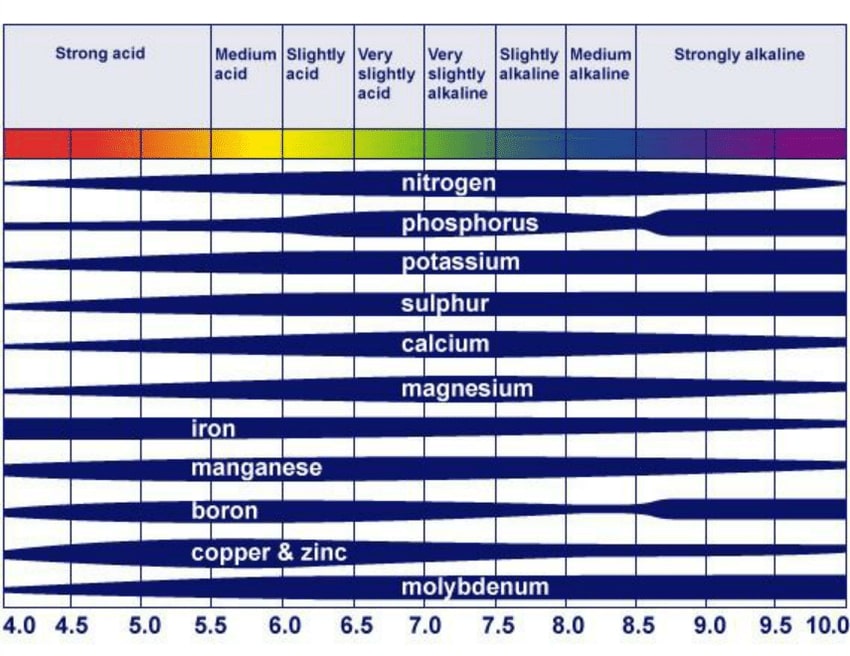
Plants that prefer acidic soil are more susceptible to suffering iron chlorosis. Some of these plants include raspberries, blueberries, pears, and azaleas.
So, always check your soil pH before adding supplements, additives or fertilizers to prevent plant iron deficiency or toxicity.
2. Nutrient Imbalance
Balance is key, especially in nutrients in garden soil. It’s essential that there’s a proper ration for each nutrient in the soil, or else it will cause growth imbalances in your plant.
Too much of one element can block a plant from absorbing other nutrients. For instance, if there’s too much calcium or phosphorus, it will prevent iron uptake from the plant.
4. Poor Soil
When the soil is too wet or compacted, there isn’t enough air to help the plant absorb iron from the soil. Cold soil or covering the plant with plastic to prevent weed growth can also disrupt plant iron uptake.
If your soil is suffering from this dilemma, add organic materials like peat moss, compost, banana peels or coffee grounds to improve soil aeration. This will help boost the plant’s iron absorption and other nutrients from your garden soil.
4. Extreme Conditions
Extreme conditions such as drought, flooding and extreme temperatures also cause plant iron deficiency. For instance, drought reduces the amount of water available for plants, making it difficult for them to absorb iron.
On the other hand, flooding and extreme temperatures can damage the plant’s roots and reduce their iron uptake from the garden soil.
Can too much iron kill plants?
Too much iron leads to iron toxicity, which can kill plants. This condition causes the development of black spots and yellows of leaves, leaf drop, stunted growth and reduced flowering and fruiting in plants.
Iron toxicity usually occurs in plants grown in soils with high pH levels and leads to plants being overfertilized with iron. Add lime or organic matter to help bind iron and make it less available to plants to reduce iron toxicity.
FAQs on Iron Fertilizer for Plants
Rusty nails are unsuitable for plants since they do not solve iron deficiency and can spread tetanus in the garden. Although rust contains iron, it is water-insoluble, so plants cannot absorb it from the soil.
Mixing iron and fertilizer benefits plants by providing more essential nutrients for plant growth and development.
The amount of iron in the soil affects plant growth. Too much iron can kill the plant, while iron deficiency can stunt the plant’s growth.
Plants grown in soils with high pH or sandy soils need iron fertilizer because they are prone to yellowing leaves.
Plants need iron to survive because it is an essential nutrient for photosynthesis, the process by which plants convert sunlight, carbon dioxide and water to oxygen and glucose, their food and energy source.
Plants need iron for photosynthesis because it is a component of chlorophyll, the green pigment that enables plants to absorb sunlight. Without iron, plants will not produce enough chlorophyll for photosynthesis.

